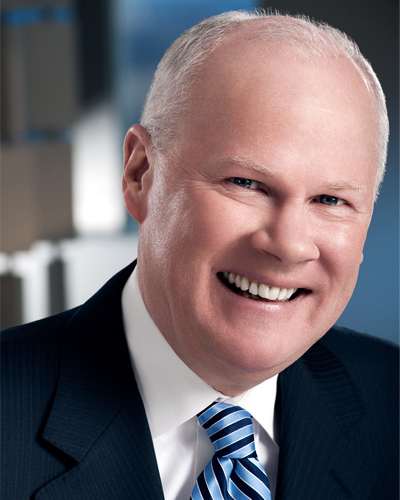The United States Supreme Court today released its decision in Jones v. Harris Associates, which definitively establishes the standard governing claims of excessive mutual fund fees under § 36(b) of the Investment Company Act of 1940. Rejecting plaintiffs’ arguments that judges should be authorized to re-examine fees with little deference to the decisions of independent fund boards, the Supreme Court embraced the seminal Gartenberg standard as the law of the land: “to face liability under § 36(b), an investment adviser must charge a fee that is so disproportionately large that it bears no reasonable relationship to the services rendered and could not have been the product of arm’s length bargaining.” The Jones decision reaffirms the central role of independent directors in setting advisory fees, and rejects the plaintiffs’ central argument that mutual fund fees should be judged primarily by comparison to fees charged by other types of accounts. Ropes & Gray lawyers, including Harris Associates’ advocates in the Supreme Court, will host a teleconference on April 1, 2010 to discuss the decision and its implications in further detail.
The Jones case was one of 12 actions brought by the same group of plaintiffs’ attorneys against the leading firms in the mutual fund industry. Their strategy was to attack the widely followed standard for evaluating mutual fund adviser compensation first established in the 1982 case Gartenberg v. Merrill Lynch Asset Management, Inc., primarily by comparing mutual fund fees to charges for institutional funds and separate accounts. The Supreme Court today emphatically rejected that approach, holding that the Gartenberg standard properly reflects both the text and the structure of the statute. Under that standard, the door to plaintiffs’ lawsuits was open only to the extent they could make a showing of a fee that was “so disproportionately large that it bears no reasonable relationship to the services rendered and could not have been the product of arm’s length bargaining.” Today’s decision in Jones opens that door no further, and it contains helpful language further limiting fee challenges.
Significantly, the Supreme Court made clear that the judicial role in deciding § 36(b) claims is sharply limited: “the standard for fiduciary breach under § 36(b) does not call for judicial second-guessing of informed board decisions.” A court may not “supplant the judgment of the disinterested directors apprised of all relevant information, without additional evidence that the fee exceeds the arm’s length range.”
The Supreme Court also rejected the plaintiffs’ argument that a comparison between mutual fund fees and separate institutional account fees should play a central role in a § 36(b) analysis. Courts “must be wary of inapt comparisons” because “there may be significant differences between the services provided by an investment adviser to a mutual fund and those it provides to a pension fund which are attributable to the greater frequency of shareholder redemptions in a mutual fund, the higher turnover of mutual fund assets, the more burdensome regulatory and legal obligations, and higher marketing costs.” The Court instructed that, “[i]f the services rendered are sufficiently different that a comparison is not probative, then courts must reject such a comparison. Even if the services provided and fees charged to an independent fund are relevant, courts should be mindful that the Act does not necessarily ensure fee parity between mutual funds and institutional clients.” As a result, a plaintiff is entitled to a trial only where it has “shown a large disparity in fees that cannot be explained by the different services in addition to other evidence that the fee is outside the arm’s length range.”
While predicting how the lower courts will respond to the decision is difficult, it is expected that the decision will not fundamentally change the process by which boards of mutual funds review and approve adviser fees. That process is largely governed by the Investment Company Act and by the SEC’s disclosure regulations, which have essentially codified Gartenberg’s analytical rubric. The Court acknowledged in today’s opinion that the standard it adopted has been the “consensus” view of courts for over 25 years.
For the full text of the Supreme Court’s decision in Jones v. Harris Associates, please click here.
A team of Ropes & Gray litigators led by John Donovan and Rob Skinner represented Harris Associates throughout the Jones case, securing summary judgment in the trial court, arguing the appeal that resulted in the affirmance of summary judgment by the Seventh Circuit, and arguing before the Supreme Court. Ropes & Gray also represents the adviser in the Gallus case, which presents similar issues, achieving summary judgment in the trial court, arguing the appeal before the Eighth Circuit, and briefing the certiorari petition.
If you have any questions or would like to learn more about the issues raised in the Court’s decision, please contact the Ropes & Gray lawyer who normally represents you or one of the above-listed Ropes & Gray litigators involved in the case.
Stay Up To Date with Ropes & Gray
Ropes & Gray attorneys provide timely analysis on legal developments, court decisions and changes in legislation and regulations.
Stay in the loop with all things Ropes & Gray, and find out more about our people, culture, initiatives and everything that’s happening.
We regularly notify our clients and contacts of significant legal developments, news, webinars and teleconferences that affect their industries.

